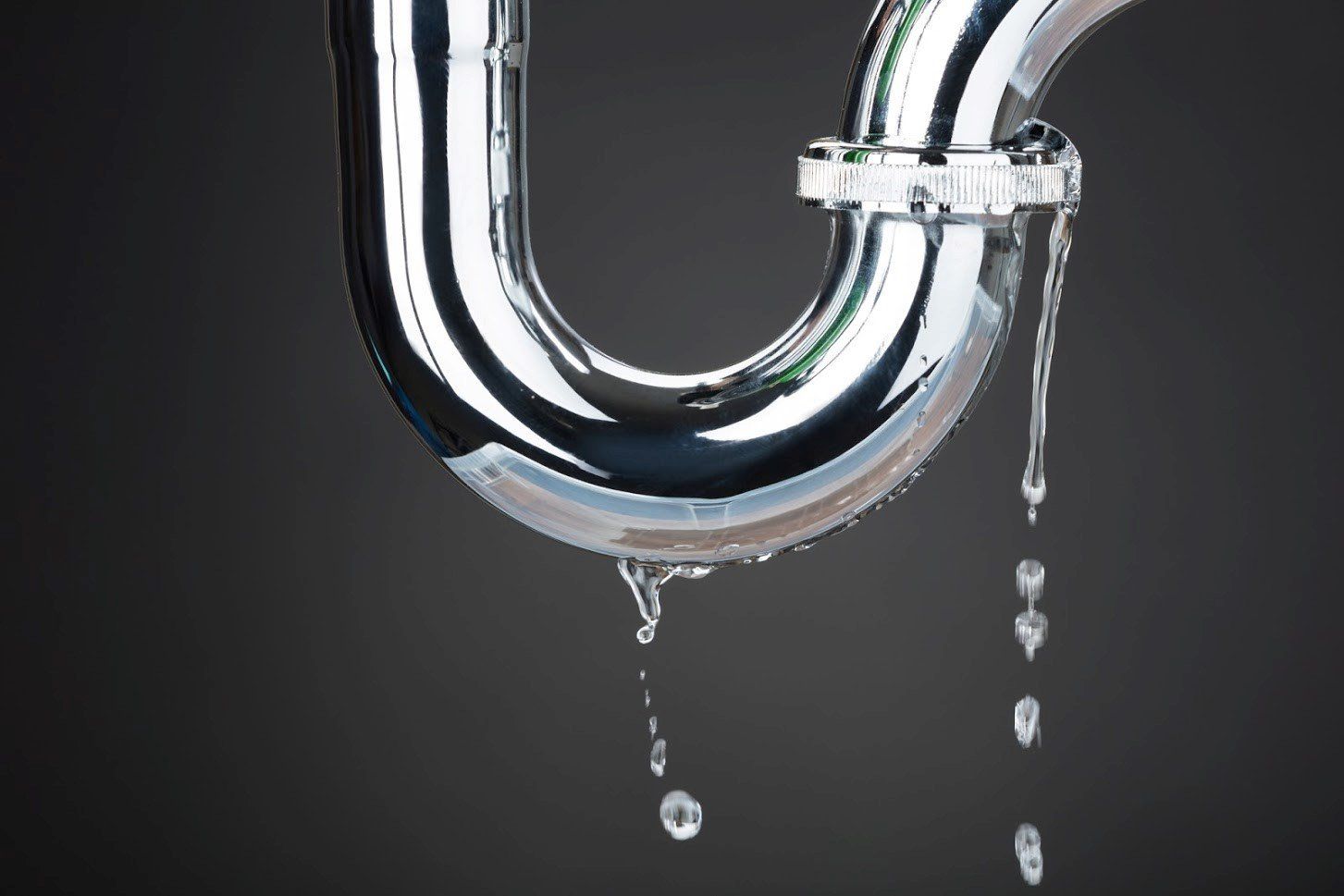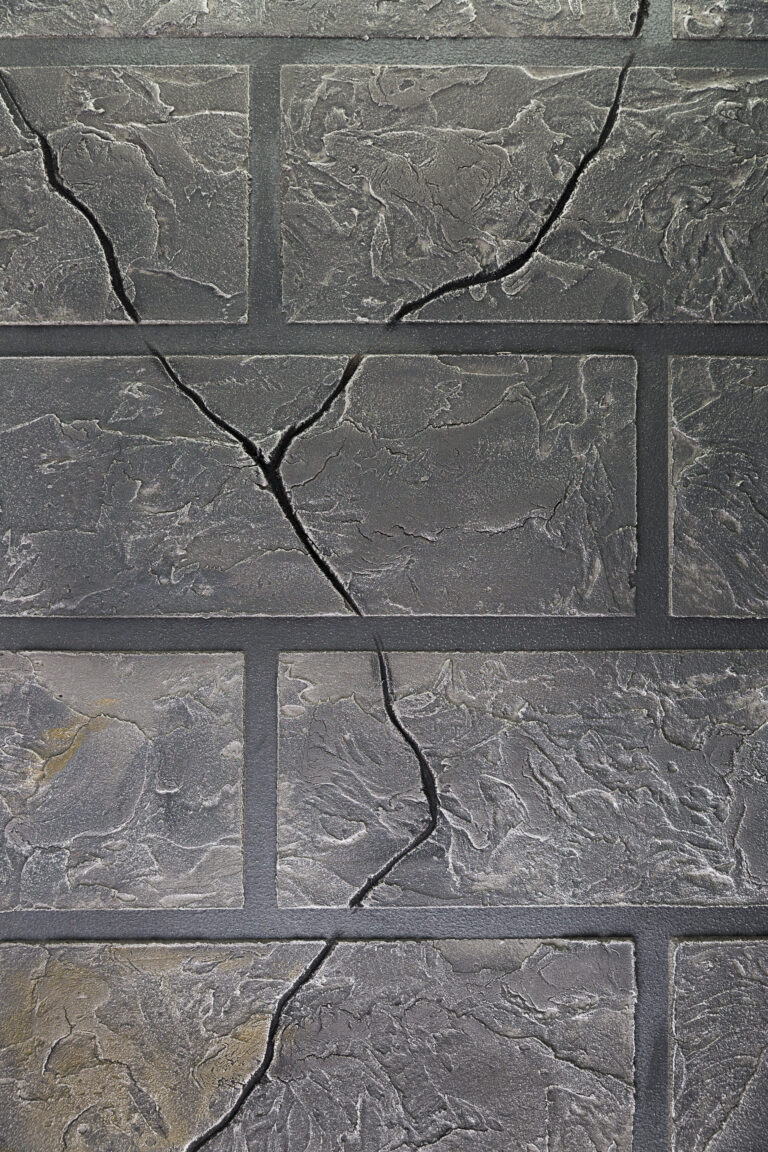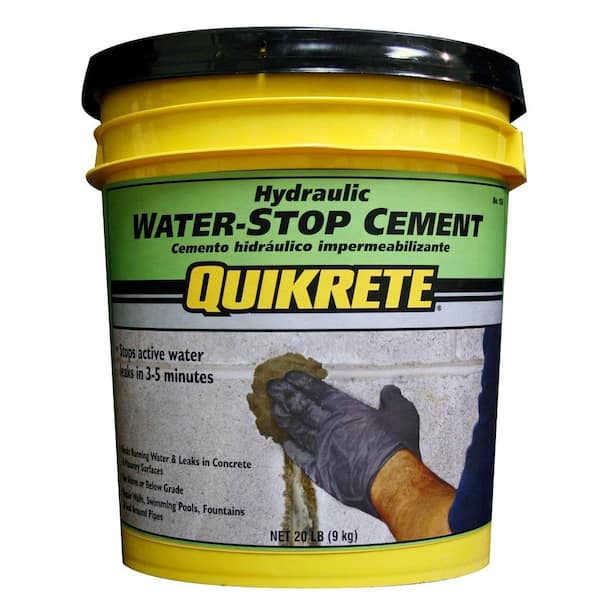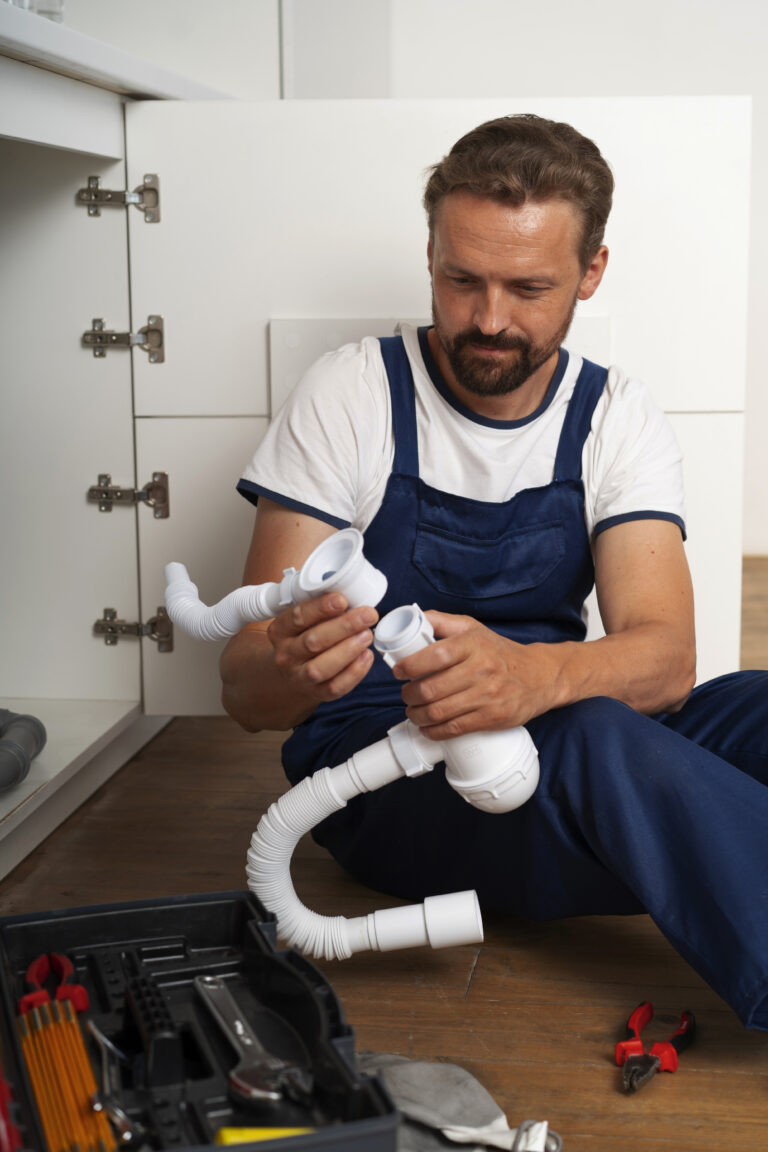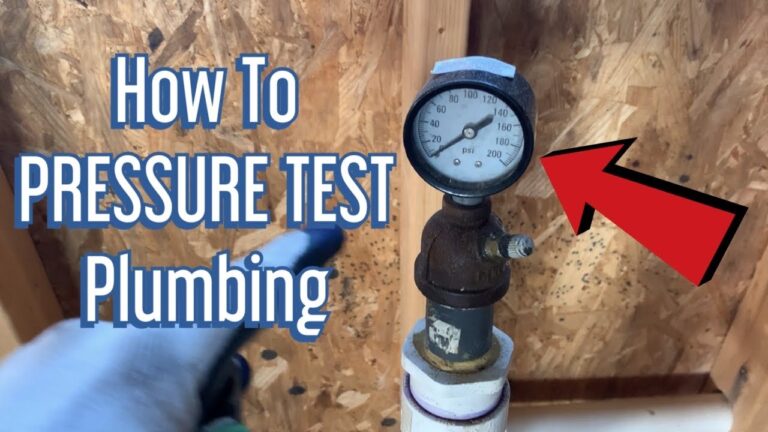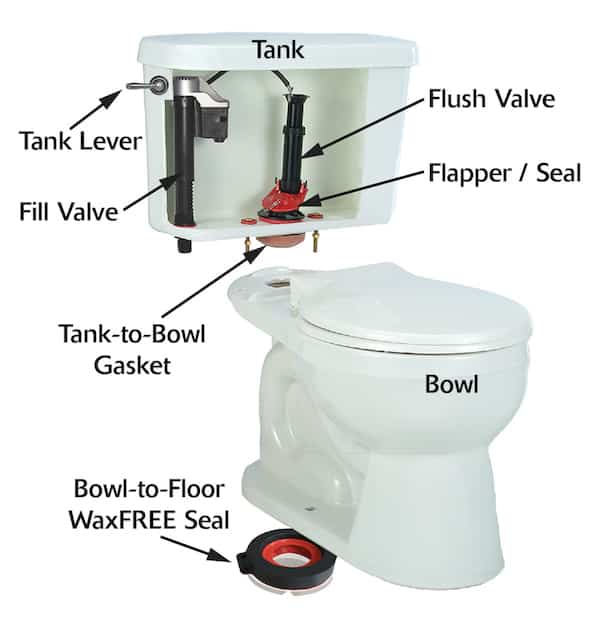What Is Pipe Leakage?
Pipe leakage is a common problem that can occur in plumbing systems. It is the unintentional escape of water from pipes, joints, or valves, usually due to a hole, crack, or worn out seal. Pipe leakage can be caused by a variety of factors, such as aging pipes, improper installation, or corrosion. Pipe leakage can cause serious damage to homes and businesses if not addressed quickly and can be expensive to fix. In order to prevent further damage and costly repairs, it is important to recognize the signs of pipe leakage and to take corrective action as soon as possible.
Causes of Pipe Leakage
Pipe leakage is a common problem that can have far-reaching consequences if left untreated. From water damage to mold and even structural damage, there are a variety of issues that can arise from pipe leakage. It’s important to understand what causes pipe leakage so that you can take the necessary steps to prevent it.
The most common causes of pipe leakage are improper installation, corrosion, shrinkage and expansion, and poor maintenance. Improper installation can lead to pipes that are too tight or too loose, creating a gap where water can escape. Corrosion is another issue, as it wears away the protective coating of the pipes over time. Shrinkage and expansion due to temperature changes can also cause pipes to leak, and poor maintenance can cause pipes to become clogged or blocked, leading to a buildup of pressure and eventual leakage.
It’s important to take proactive measures to prevent and detect pipe leakage in order to avoid costly repairs and clean-up. Regularly inspect and maintain pipes and fixtures, as well as utilize professional services to inspect and fix any issues that may arise. By understanding the causes of pipe leakage and taking preventative steps, you can help protect your home from costly water damage.
Different Types of Pipe Leakage
Pipe leakage is a common issue for homeowners, and it’s essential to understand the different types of leaks to prevent serious damage. Pipe leakage can be categorized as either external or internal. External leakage occurs when water escapes from a pipe that is outside of your home, such as a water line that is connected to your sprinkler system or garden hose. Internal leakage happens when water escapes from a pipe that is located within the walls or floors of your home.
The most common type of external pipe leakage is caused by a broken pipe due to age, corrosion, or damage from tree roots. Sealing the area around the pipe, or replacing the pipe altogether, are the most common solutions. Internal pipe leakage can be more difficult to detect, but the most common causes are worn seals, corrosion of the pipes, or a crack in the pipe. If a leak is left undetected, it can lead to mold growth and structural damage.
By understanding the different types of pipe leakage, you can take the necessary steps to prevent serious damage to your home. Regular maintenance, such as checking for any signs of corrosion or deterioration, can help you identify potential problems before they occur. Additionally, keeping an eye out for any wet spots or discoloration on walls or floors, can help you detect a possible leak. If you suspect a leak, contact a professional plumber to assess the situation and determine the best course of action.
Identifying and Diagnosing Pipe Leakage
Pipe leakage can be an expensive and time-consuming problem, yet it is one of the most common plumbing issues. It can be difficult to diagnose and identify the source of a pipe leak, but understanding the causes and effects of pipe leakage is the first step toward mitigating the problem. In this blog post, we will explain what pipe leakage is, discuss the typical causes of pipe leakage, and provide tips for how to diagnose and repair a leak.
Pipe leakage occurs when water escapes from a pipe, usually as a result of a crack or other damage. Leaks can occur anywhere along the pipe, from the source of the water supply to the point of use. This can result in water loss, water damage, and increased water bills. Common causes of pipe leakage include corrosion, physical damage, and poor installation. Corrosion can occur as a result of age, chemical exposure, or water quality. Physical damage can be caused by construction activities, tree roots, or heavy objects. Poor installation can lead to gaps in the pipe, loose connections, or incorrect sizing.
To diagnose and repair a pipe leak, it is important to first identify the source of the leak. This can be done through visual inspection, pressure tests, and water tracing. Visual inspection involves looking for signs of water damage or corrosion on the pipe. Pressure tests involve measuring the pressure of the water supply to identify any drops or spikes in pressure that could indicate a leak. Water tracing involves using a trace dye to identify the source of a leak. Once the source of the leak has been identified, the pipe can be repaired or replaced.
In conclusion, pipe leakage can be a costly and time-consuming problem. It is important to understand the causes of pipe leakage and to be able to diagnose and repair the problem quickly and efficiently. By understanding the causes of pipe leakage, taking the necessary steps to diagnose and repair a leak, and taking preventive measures, you can help ensure that your pipes remain in good condition and functioning properly.

Preventative Measures to Avoid Pipe Leakage
Pipe leakage can be a major problem for homeowners and businesses. It not only leads to costly repairs but can also cause significant damage to the structure of a building. Fortunately, there are a few preventative measures that can be taken to avoid pipe leakage. Regular maintenance is the first line of defense against pipe leakage. This includes regularly inspecting pipes for corrosion, cracks, and damage. If any of these signs are present, the pipe should be repaired or replaced immediately. Additionally, proper insulation of pipes can help reduce the risk of leakage. This insulation helps to keep the pipes from freezing in cold climates and prevents them from overheating in warmer climates. It is also important to ensure that all valves are in good working order. A leaking valve can be difficult to detect, but it can cause significant damage if not addressed quickly. Finally, make sure to properly secure all piping connections. Loose connections can lead to leaks and should be tightened or replaced as soon as possible. By following these preventative measures, you can save yourself time and money and avoid the costly damage caused by pipe leakage.
The Cost and Implications of Pipe Leakage
Pipe leakage can be a costly and damaging issue for homeowners and businesses alike. Not only does it lead to expensive repairs, but it can also lead to long-term damage to your property. A leaky pipe can cause extensive flooding, water damage, and even mold growth if it is not addressed quickly. Even if the leak is minor, it could lead to higher utility costs over time. To avoid the potentially devastating consequences of a pipe leak, it is important to be aware of the various causes and solutions.
The most common cause of pipe leakage is poor installation or aging pipes. If the pipes were not installed correctly or the materials used are not up to par, they may be more likely to get damaged over time. Additionally, aging pipes may be more prone to leaks due to corrosion or wear and tear. In some cases, a pipe may even burst due to too much pressure or water pressure that is too high.
The cost of repairing a pipe leakage problem can vary depending on the severity of the issue and the materials and labor needed to fix it. In some cases, the cost of replacing an entire section of pipe may be more expensive than fixing a simple leak. It is important to consult a professional for an accurate estimate of the repair costs.
To avoid the costs and implications of pipe leakage, proper maintenance and inspection should be done regularly. You should have a professional inspect your pipes every few years to ensure that they are in good condition and do not have any signs of damage. Additionally, you should repair any minor leaks as soon as possible to avoid further damage. Taking these precautions can help you avoid costly and damaging pipe leakage in the future.
Solutions for Pipe Leakage Repair
Pipe leakage is a common and costly problem in residential and commercial buildings. When left unchecked, it can cause significant damage to walls, floors, and ceilings. Fortunately, there are several solutions available to repair pipe leakage. The most common solutions are pipe repair kits, pipe clamps, and pipe patching. Pipe repair kits provide a quick and easy solution to seal small leaks. Pipe clamps allow for a secure and reliable seal for larger leaks. Pipe patching is a more permanent solution and involves replacing the affected pipe or section of the pipe. Additionally, there are a variety of sealants and adhesives available to help prevent future pipe leakage.
No matter the solution, it is important to consult a professional plumbing technician to ensure that the job is done correctly and that the leak is properly sealed. A professional can provide advice on the best solution for your specific situation, as well as guidance on the best materials and tools to use. With the right approach, you can stop pipe leakage in its tracks and protect your home or business from further damage.
FAQs About the What Is Pipe Leakage?
1. What are the most common causes of pipe leakage?
A: The most common causes of pipe leakage include corrosion, aging, improper installation, ground movement, and poor maintenance.
2. How can pipe leakage be prevented?
A: Pipe leakage can be prevented by regularly inspecting pipes and fittings, repairing any minor damage, and replacing any old or worn-out pipes.
3. What are the consequences of pipe leakage?
A: The consequences of pipe leakage can include water damage, mold, and increased utility bills.
Conclusion
Pipe leakage is a common issue that many homeowners and businesses face. It can lead to a variety of problems, including costly repairs and potential water damage. Prevention is the best approach, so it’s important to regularly inspect pipes and check for signs of leakage. If a leak is found, it should be addressed as soon as possible to avoid further damage. With the right steps, it’s possible to prevent and fix pipe leakage issues for a safe and efficient plumbing system.

